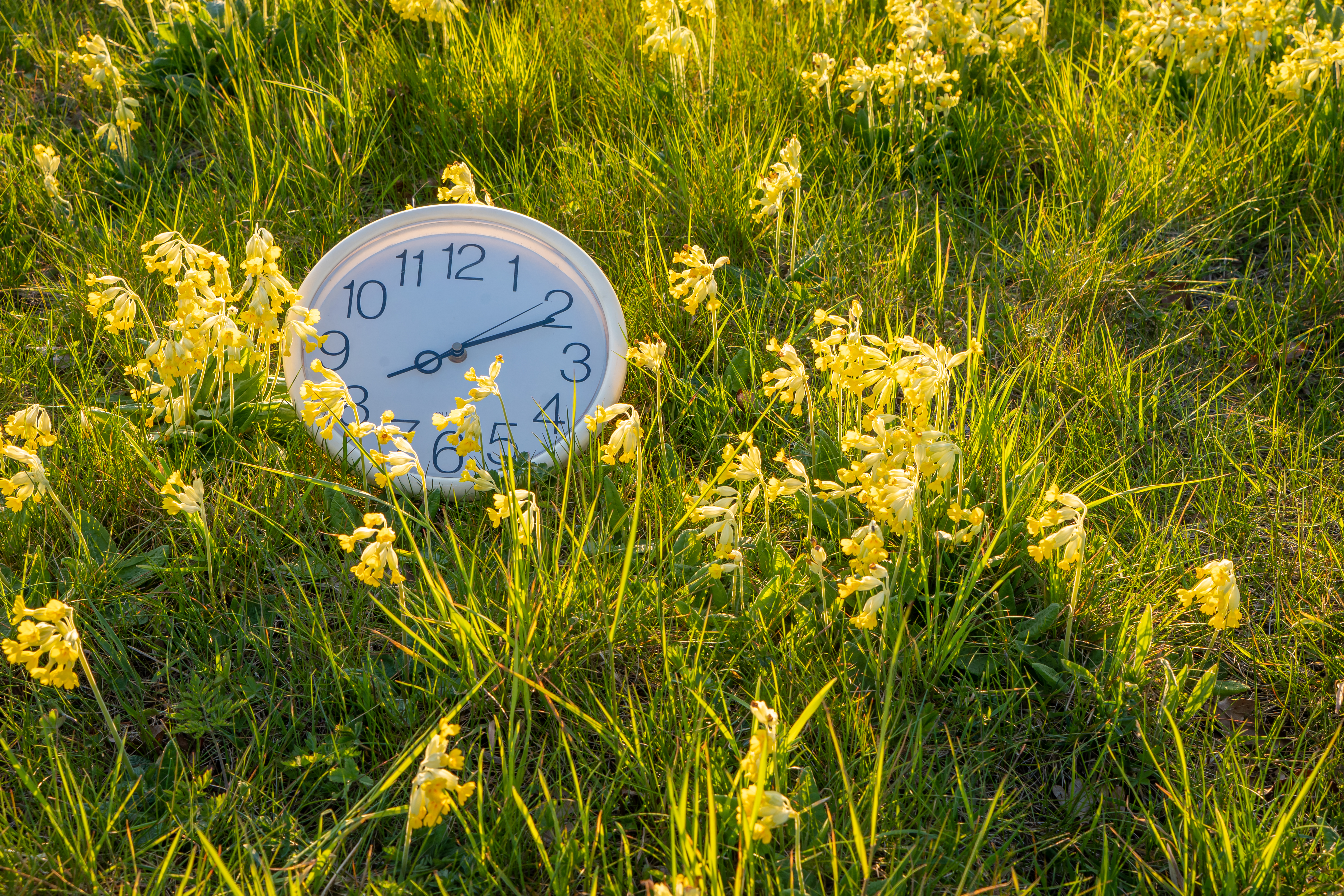With the United States potentially making daylight saving time permanent, many are wondering how did we get here and when did it all start?
The Senate unanimously passed legislation Tuesday that would end the changing of clocks. The bill will now head to the House, and, if passed there, will be sent to President Joe Biden’s desk.
So how did daylight saving time get started in the first place?
Feeling out of the loop? We'll catch you up on the Chicago news you need to know. Sign up for the weekly Chicago Catch-Up newsletter here.
Well, first, as a reminder, it's called daylight saving time and not daylight "savings" time.
Some people like to credit Benjamin Franklin as the inventor of daylight saving time when he wrote in a 1784 essay about saving candles and saying, "Early to bed, early to rise makes a man healthy, wealthy and wise." But that was meant more as satire than a serious consideration.
Germany was the first to adopt daylight saving time on May 1, 1916, during World War I as a way to conserve fuel. The rest of Europe followed soon after.
The United States didn't adopt daylight saving time until March 19, 1918. It was unpopular and abolished after World War I.
On Feb. 9 ,1942, Franklin Roosevelt instituted a year-round daylight saving time, which he called "war time." This lasted until Sept. 30, 1945.
Daylight saving time didn't become standard in the US until the passage of the Uniform Time Act of 1966, which mandated standard time across the country within established time zones. It stated that clocks would advance one hour at 2 a.m. on the last Sunday in April and turn back one hour at 2 a.m. on the last Sunday in October.
States could still exempt themselves from daylight saving time, as long as the entire state did so. In the 1970s, due to the 1973 oil embargo, Congress enacted a trial period of year-round daylight saving time from January 1974 to April 1975 in order to conserve energy.
Daylight saving time has continued to evolve. It now starts at 2 a.m. the second Sunday of March and ends at 2 a.m. the first Sunday of November. The change was advocated in part to allow children to go trick or treating in more daylight.
Only two states don't observe daylight saving time, Arizona and Hawaii.
So what's next?
The bipartisan bill that passed in the Senate this week, named the Sunshine Protection Act, would ensure Americans would no longer have to change their clocks twice a year, starting in 2023. The move would essentially eliminate standard time, which is what many states switch to during winter months.
It still needs to pass the House and be signed by President Joe Biden before it is approved.
If that happens, the change would make for later sunsets in Illinois, but also later sunrises.
Residents are used to the sun going down just after 4 p.m. in the month of December, but should the change take place next year, the earliest sunset of the year would occur on Dec. 8, 2023 at 5:21 p.m.
Twilight would allow for a bit of residual daylight to stick around until just before 6 p.m.
The real change would occur at sunrise. With the time shifted forward by an hour, sunrise would not occur until after 8 a.m. for a good chunk of the winter, meaning that morning commutes for students and workers would be a bit darker.
In fact, sunrise wouldn’t occur until after 8 a.m. for a span of nearly two months, from Dec. 4 to Feb. 3.



